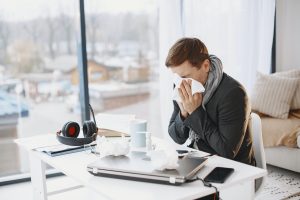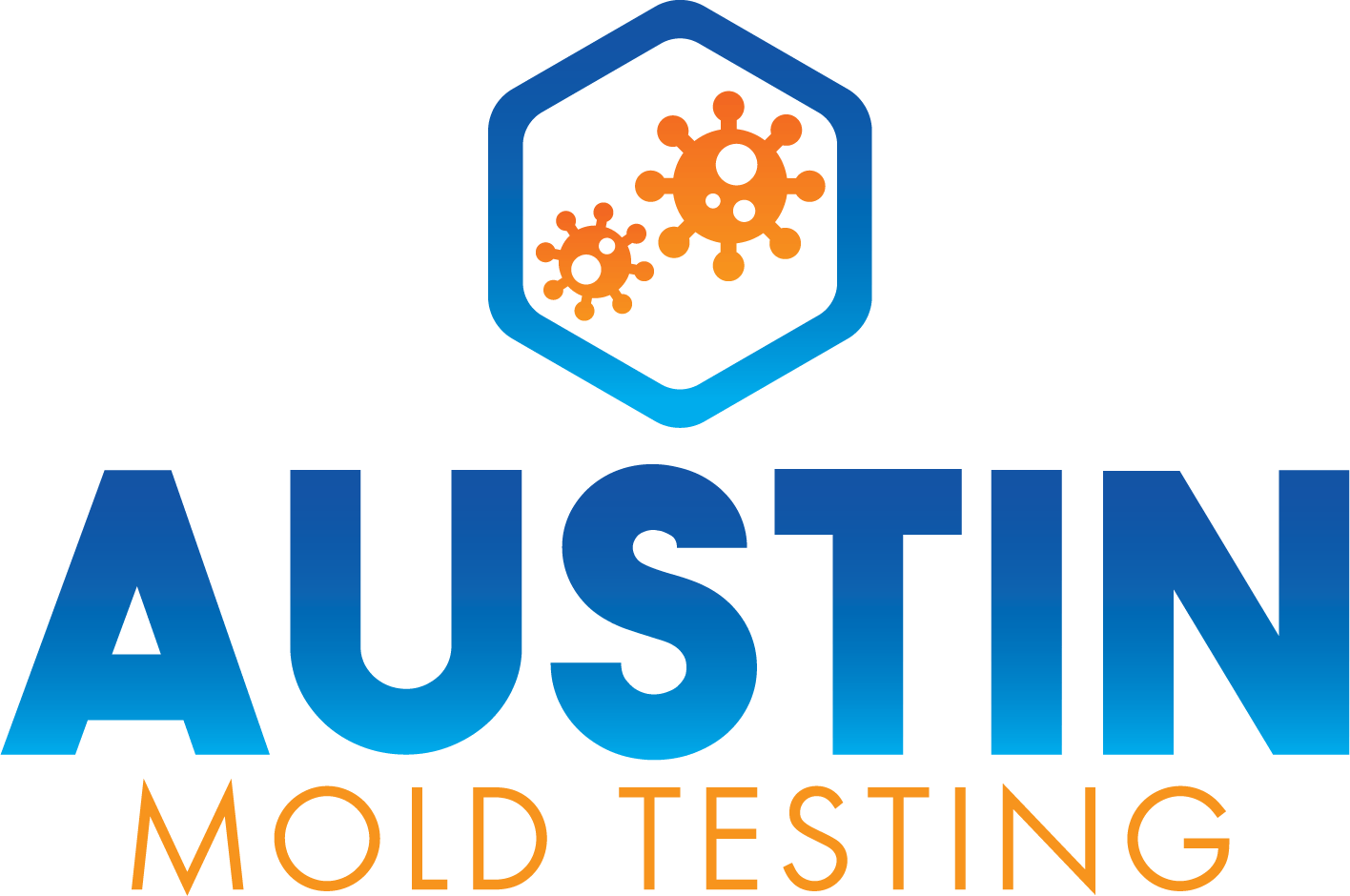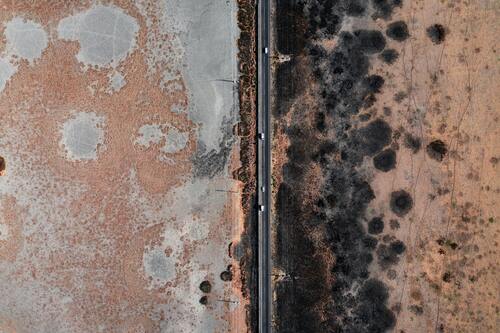
Detecting mold within walls can be challenging since it often grows in hidden or inaccessible
areas. However, there are several signs that may indicate the presence of mold behind walls:
1. Visible Signs: While mold growth within walls is not always visible, you may notice signs
such as discoloration or staining on the surface of the walls. Mold can appear as black,
green, brown, or gray patches.
2. Musty Odor: Mold often emits a musty, earthy odor. If you detect a persistent,
unpleasant smell in a particular area of your home, especially near walls or in enclosed
spaces, it could be a sign of hidden mold growth.
3. Water Damage: Areas of your home that have experienced water damage, leaks, or
flooding are at higher risk of mold growth behind walls. Look for signs of water stains,
peeling paint, bubbling wallpaper, or warping of the walls, which may indicate moisture
issues.
4. High Humidity: Mold thrives in moist environments, so high humidity levels within your
home can create favorable conditions for mold growth behind walls. Use a hygrometer
to measure indoor humidity levels and keep them below 60% to prevent mold growth.
5. Allergic Reactions: Prolonged exposure to mold can trigger allergic reactions in some
individuals, such as sneezing, coughing, watery eyes, and respiratory symptoms like
wheezing or difficulty breathing. If you experience these symptoms indoors but not
outdoors, mold could be a possible cause.
6. Peeling or Cracked Paint: Mold growth behind walls can sometimes cause paint to peel,
crack, or bubble. Inspect the walls for any signs of deterioration or damage, as this may
indicate underlying mold issues.
7. Warped or Damaged Drywall: Mold can cause drywall to warp, bulge, or become soft
and crumbly. If you notice any changes in the texture or integrity of the drywall, it may
be a sign of mold growth behind the walls.
8. Condensation: Excessive condensation on walls, windows, or pipes can indicate high
humidity levels and potential moisture problems. Addressing condensation issues
promptly can help prevent mold growth behind walls.
If you suspect mold growth behind your walls based on these signs, it’s essential to address the
issue promptly to prevent further damage and potential health risks. Consider consulting with a
appropriate remediation measures suggestions. They have the expertise and equipment to
identify mold growth behind walls and recommend effective solutions for removal and
prevention.

